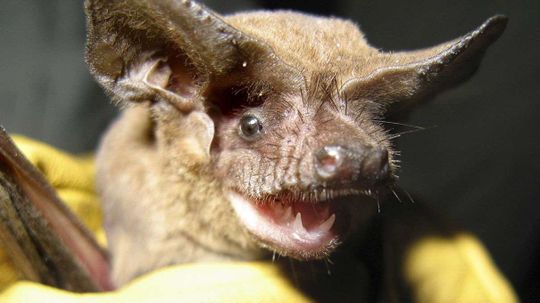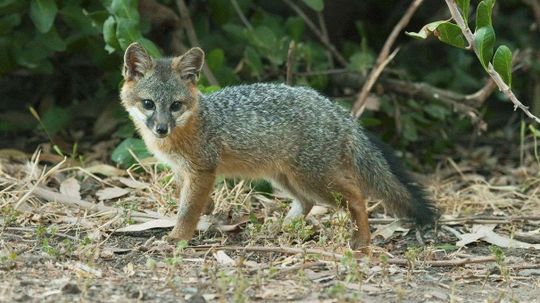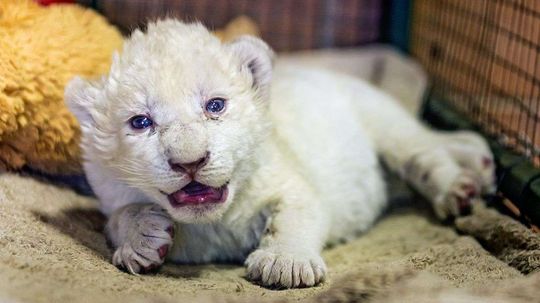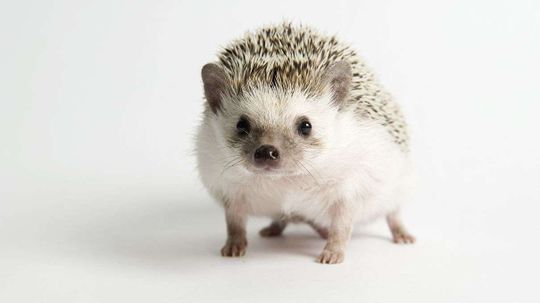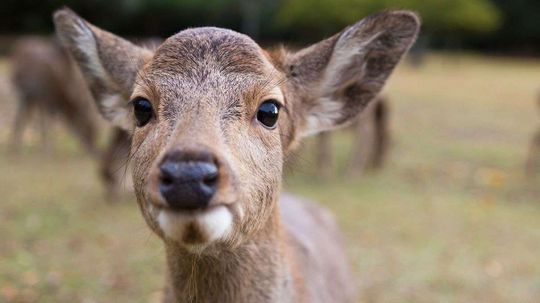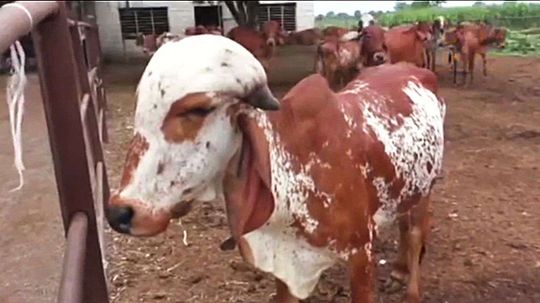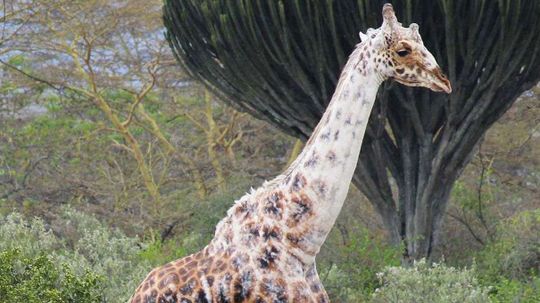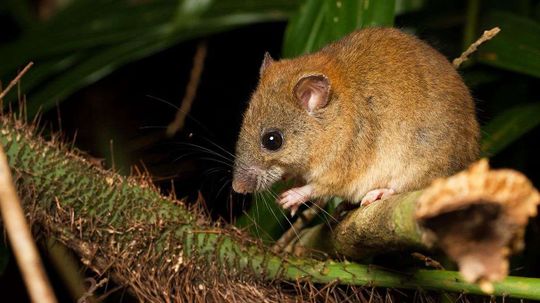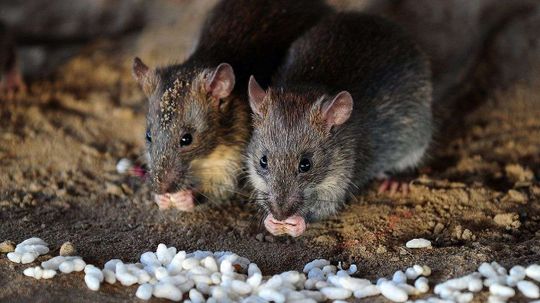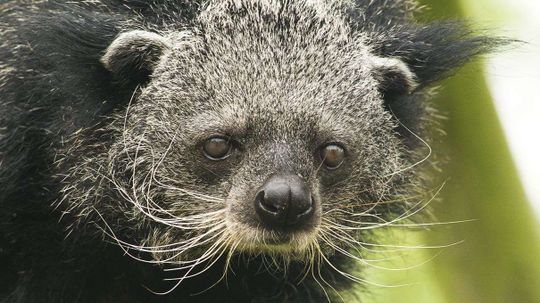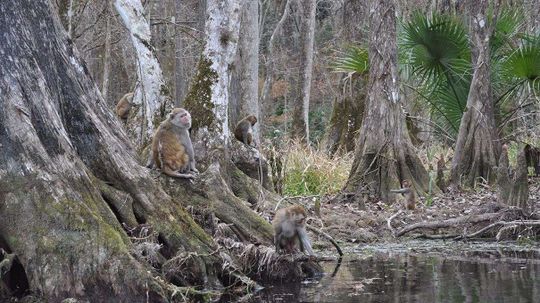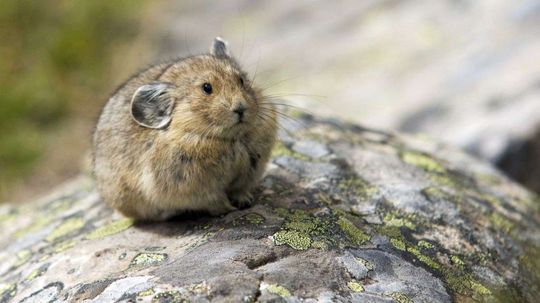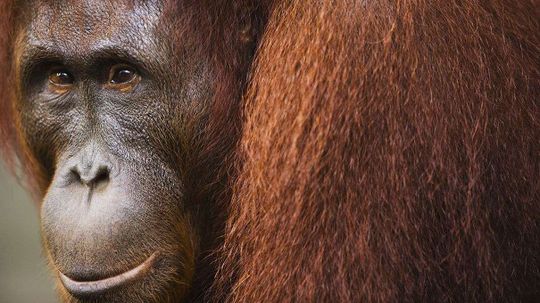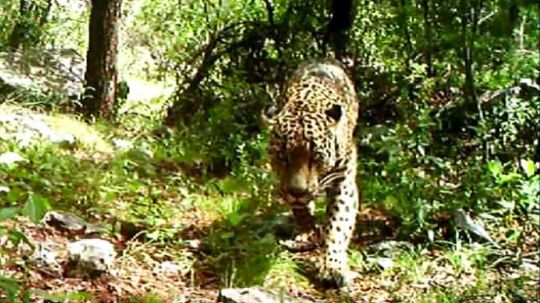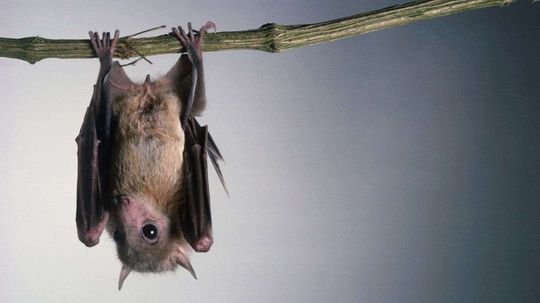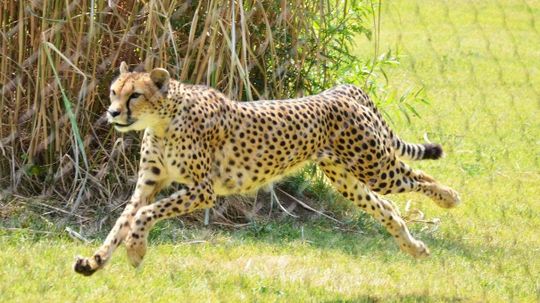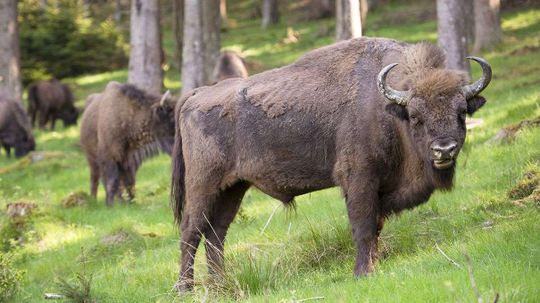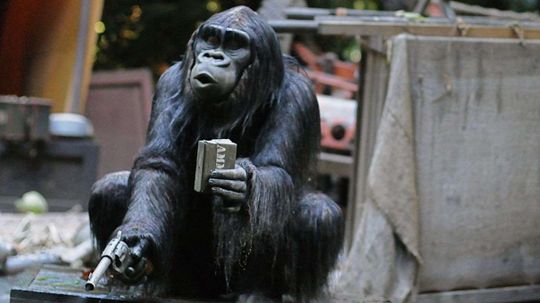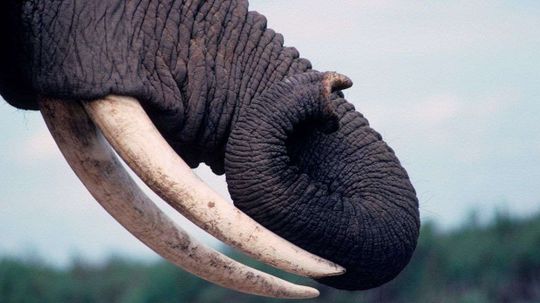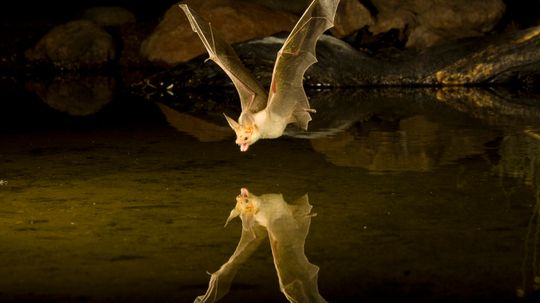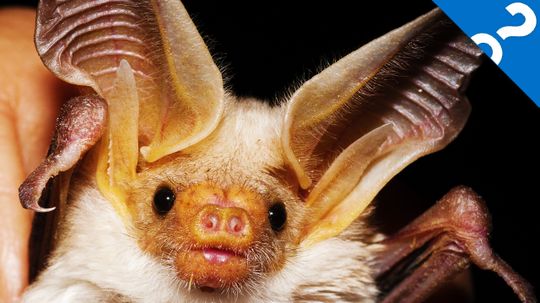Mammals
Scientifically-speaking there are 11 mammal groups, and most Mammals are warm-blooded, have body hair, give live birth and nurse their young with milk from mammary glands. Check out these articles about all kinds of mammals.
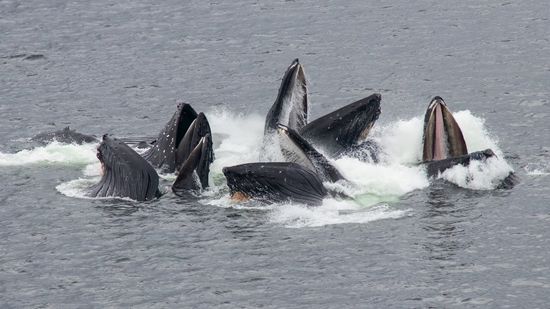
What Is a Group of Whales Called? Pods, Gams, Herds (but Not Schools)

How Often Do Whales Come Up for Air?
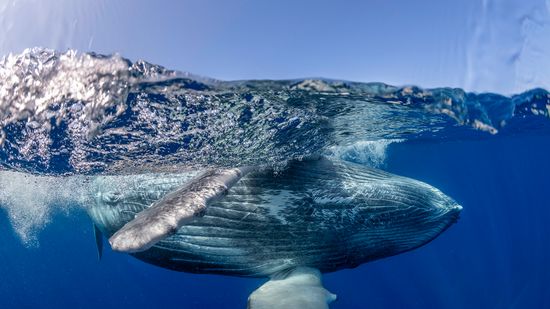
How Do Whales Sleep? They're Always Half Awake (Literally)
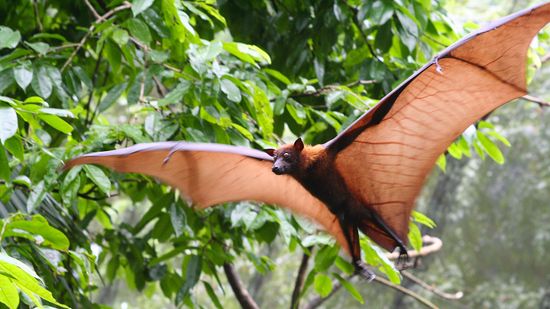
The Largest Bat in the World Has a Wingspan Over 5 Feet
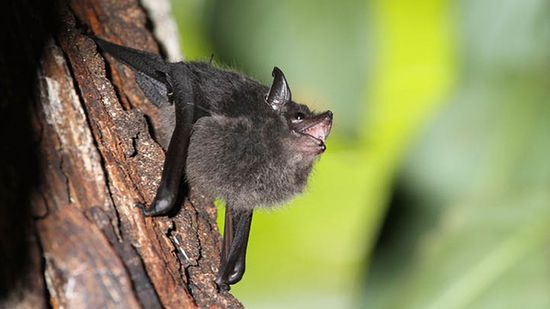
Baby Bats Babble With Moms, Hinting at Human Language Development
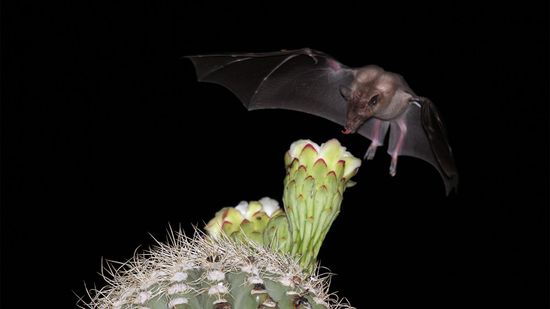
Fruit Bats Are the Best Pollinators (and Suppliers of Tequila)

What Is a Group of Pandas Called? We're Blushing

What Do Pandas Eat (Other Than Bamboo)?
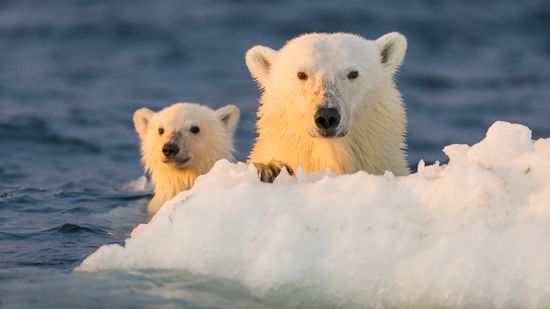
Polar Bear vs. Grizzly Bear: Which Bear Is Bigger and Tougher?
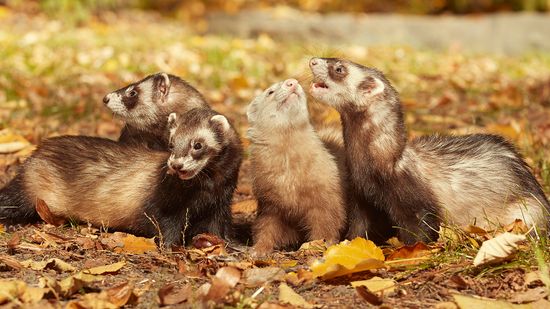
What Is a Group of Ferrets Called? You're Such a Busybody
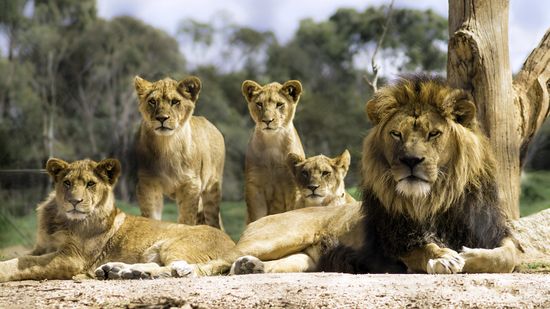
What Is a Group of Lions Called? 'Pride Rock' Makes So Much Sense Now
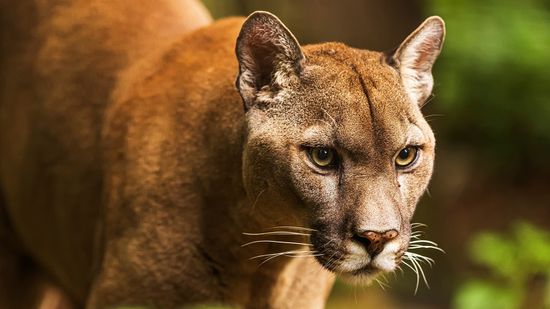
Panther vs. Cougar: Different Names for the Same Cat
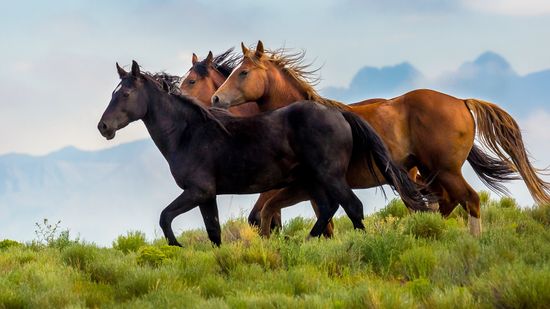
Where Do Horses Originate From? Not Europe, Not Asia
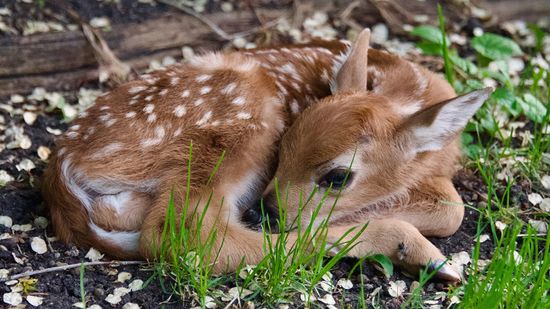
What Is a Baby Deer Called? (Aside From Adorable)
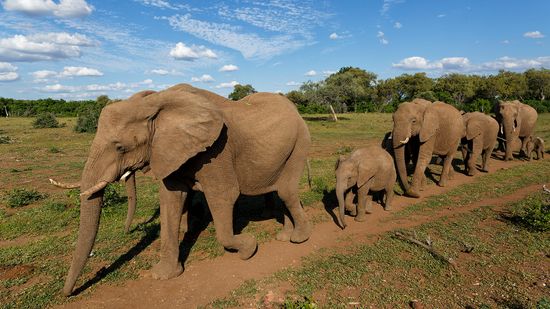
What Is a Group of Elephants Called?
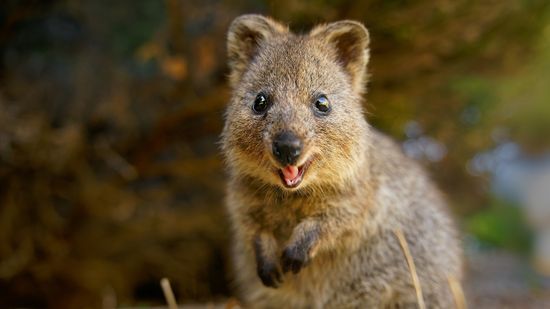
The Happiest Animal on Earth Is the Quokka
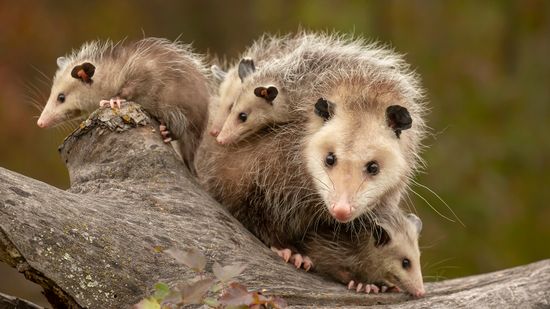
What Do Possums Eat? Most Things, It Turns Out
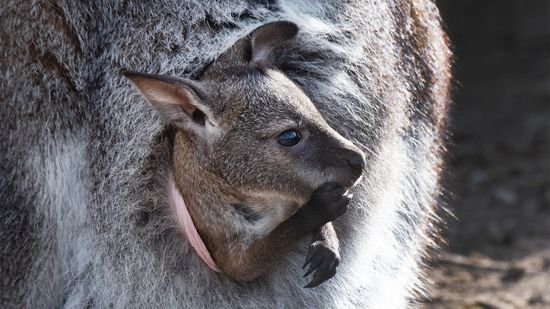
What's It Like Inside a Kangaroo's Pouch?
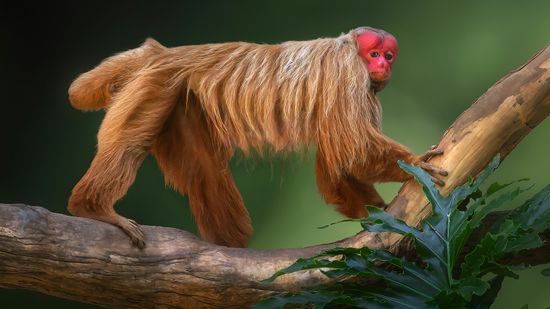
10 'Ugliest' Monkey Species: Unconventional Beauty in Primates
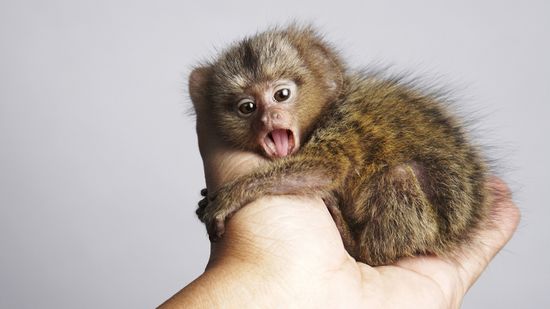
The Tiny Finger Monkey Gets Lonely Without Its Family
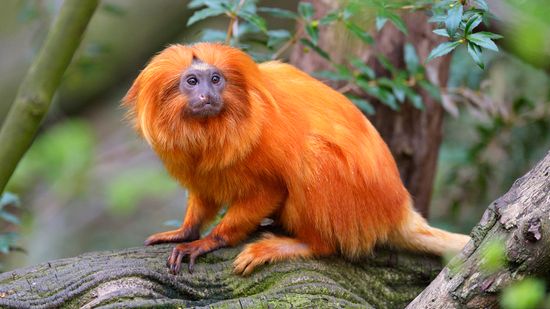
15 Types of Monkeys Climbing Trees All Around the World
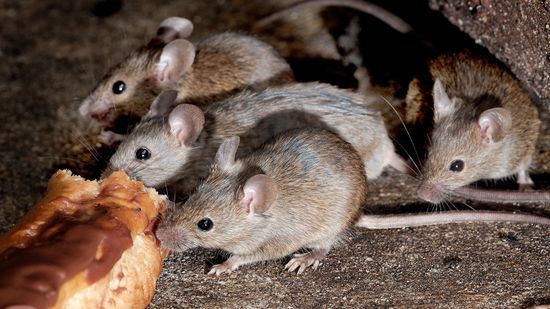
What Is a Group of Mice Called? Not Always a Colony
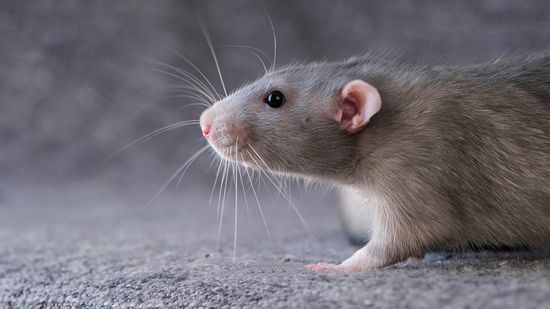
Rat Poop vs. Mouse Poop: Important Differences for Pest Control

Groundhog vs. Gopher Habits and Identification
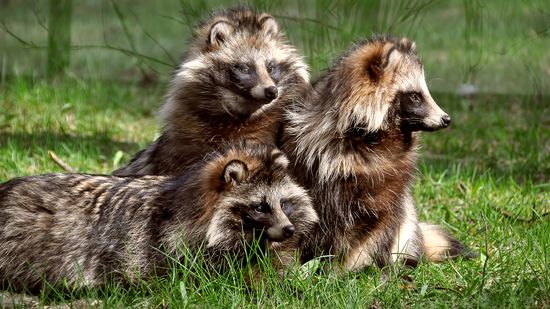
How Can Tanuki Be Both Real and Mythological?
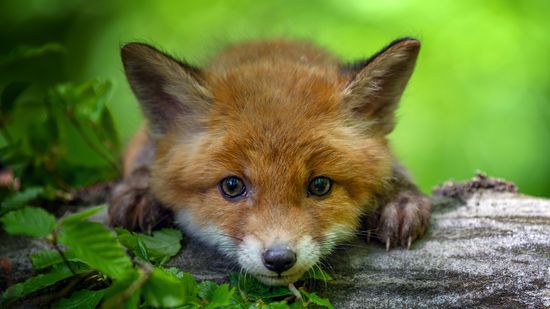
What Is a Baby Fox Called? Kit vs. Cub vs. Pup
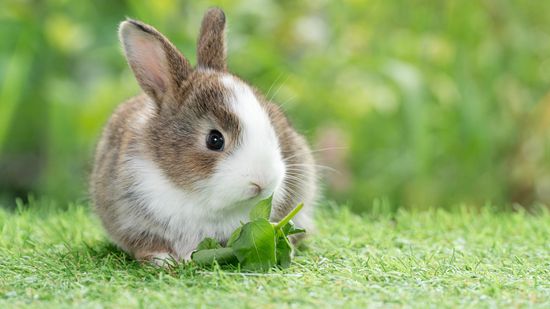
Hare vs. Rabbit Differences: Ears, Speed, and Social Behavior
Learn More / Page 11
Yes, these nocturnal mammals can fly faster than our most beloved speedy birds. And they beat the record by a long shot.
In research that showed intentional expressions of desire, horses have been added to the short list of animals that can use symbols to communicate with humans.
The most popular lady macaques show us why nitpicking pays off.
Advertisement
Can you tell one species of giraffe from the next? We've got some pics to help you out.
Thanks to the work of conservationists, these rare California island foxes have been removed from endangered species list and marked totally recovered.
The cuddly cubs were born in the same zoo that experienced disastrous flooding in 2015.
For some horses and ponies, Diet Coke can be a literal lifesaver.
Advertisement
Hedgehog populations in Britain have dropped severely. Understanding how the animals have adapted to urban and rural spaces will help us help them.
Dutch researchers analyzed a surprising selection of exotic mammals to find which could most easily live alongside people in a humane way.
Talk about filthy lucre! Trace amounts of the precious metal turned up when scientists looked into bovine bathroom business.
Late-stage albinism? Disastrous paint spill? Marty McFly in giraffe form? Maybe the African mammal just has something in common with Michael Jackson.
Advertisement
Rising sea levels wiped out the entire population of a rodent species only found on remote Australian island Bramble Cay. Who's next?
The population-control strategy to rid the islands of the invasive species would use something called "gene driving" and GMO rodents.
By Chris Opfer
In a surprising way, the Southeast Asian mammal, AKA the bearcat, creates a chemical compound shared with roasty, toasty human food, according to a new study.
Feral monkeys have roamed Silver Springs State Park in Florida since the 1930s.
Advertisement
As the climate changes, some pika populations may die out, but others will flourish. A new study examined what's likely to happen in eight U.S. National Parks.
"The Jinx." "Making a Murderer." And now, orangutans? Why this female-on-female ape killing took researchers by surprise - and reads like a human true-crime drama.
Motion-sensing cameras, detailed maps and a special poop-detecting dog all played a part in finding the jaguar nicknamed "El Jefe."
What do bats have in common with ice skaters and one-legged ducks? The answer to that helped illuminate one perplexing thing about the flying mammals.
Advertisement
Breaking multiple records, Sarah set speeds never matched by any other animal. She was euthanized earlier this week by the staff at the Cincinnati Zoo, where she lived.
Groups of European bison make movement and grazing decisions by popular vote, choosing to follow or ignore potential leaders' suggestions.
Pop culture has depicted chimps and other primates as both gun-wielding villains and saviors, but should humans be concerned about the possibility of armed apes?
Creatures from pachyderms to bees are better than humans at detecting scents.
Advertisement
Some bats are messing with their neighbor's sonar to throw them off the track of food.
Bats can spread deadly human diseases. Join Lauren as she interviews a virologist about the powerful immune systems of these fascinating creatures of the night.
